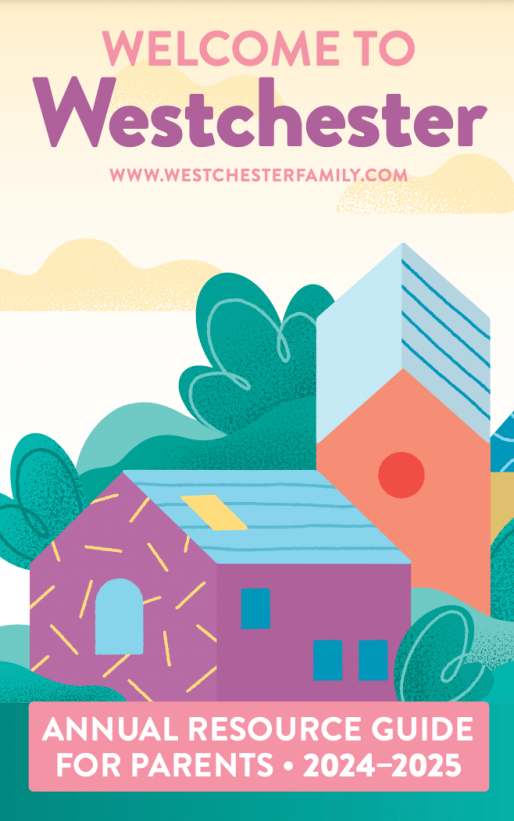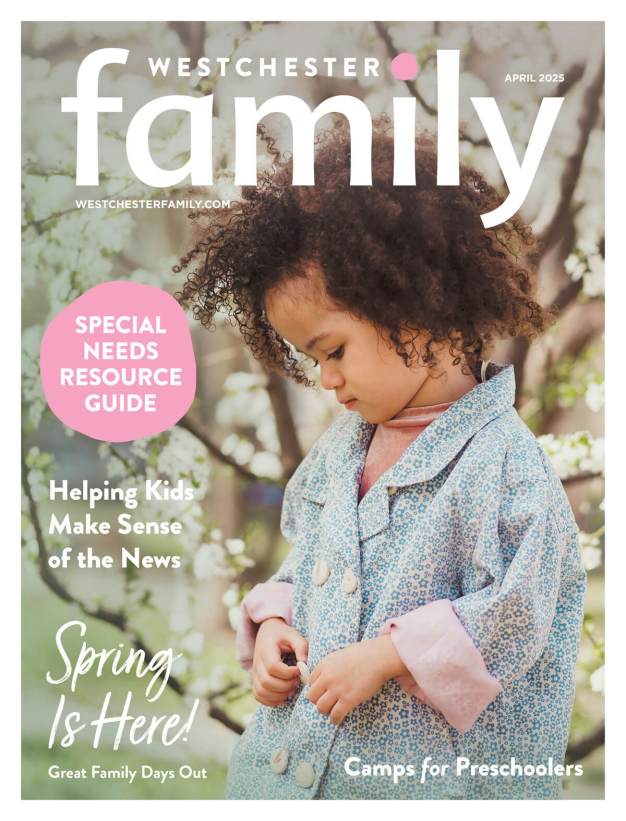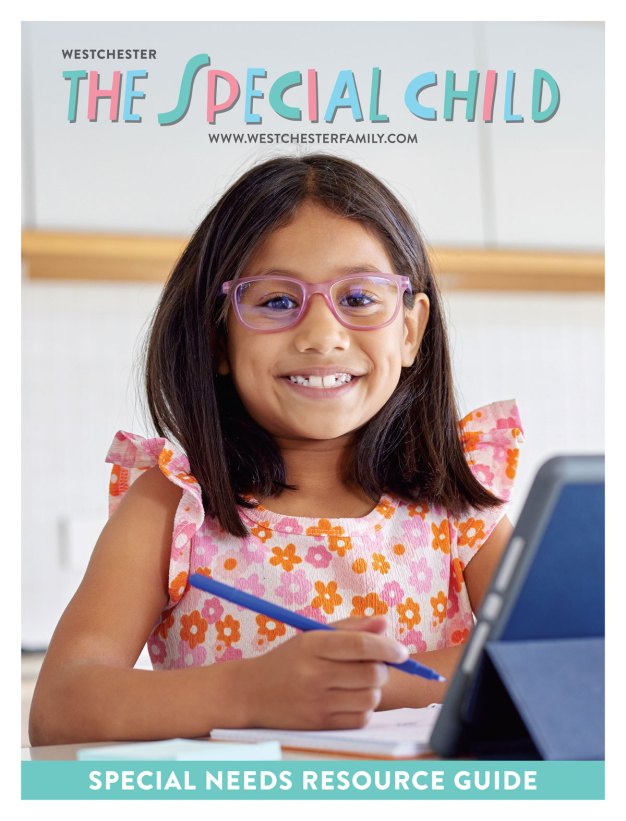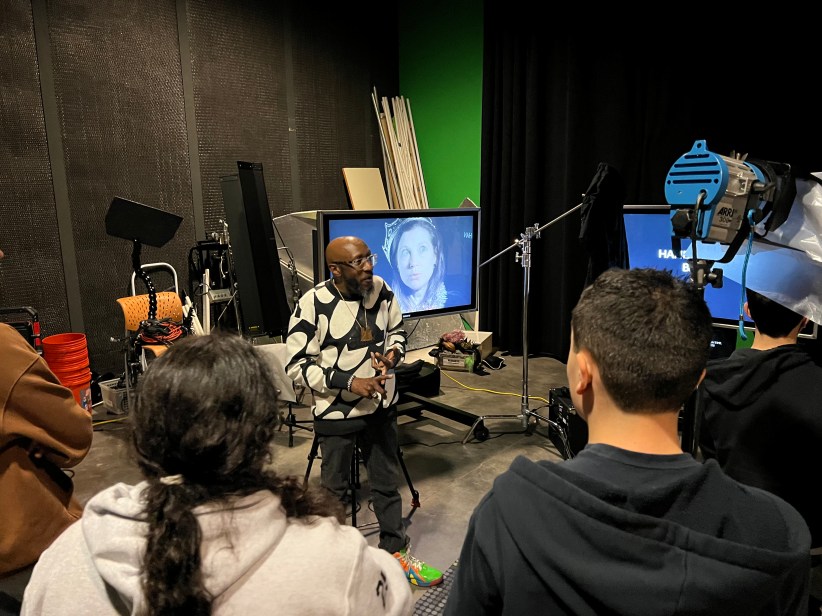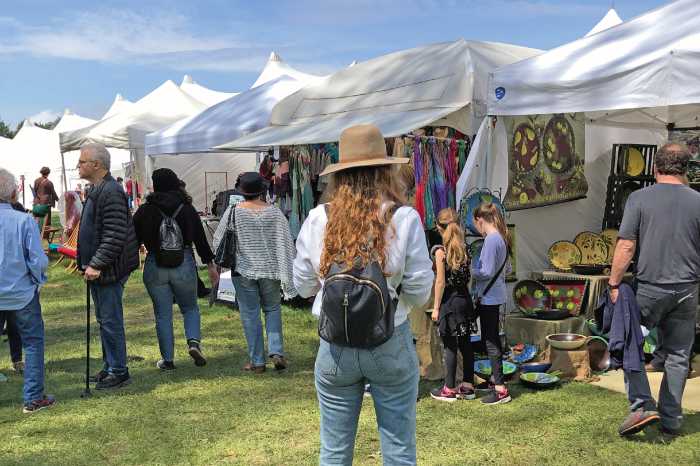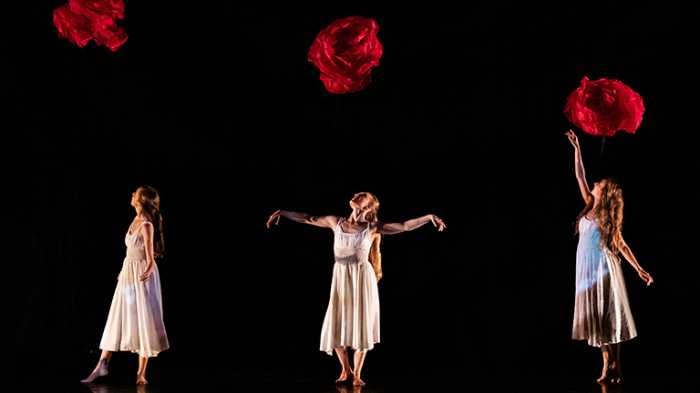The number of dance studio options can easily make any parent feel overwhelmed. A good place to start is to consider your child’s unique interests before selecting a studio. This can help you narrow down the choices, as there’s no uniform “right” studio. Local studios offer a multitude of dance class choices including theater, modern, ballet, tap, jazz, hip hop, ballroom, Bollywood, improv – you name it!
Here are some of my top suggestions for parents to consider, based on my years of experience teaching dance at a variety of studios:
Decide how serious your child is about dance
Does your tot just want to twirl, or is she expressing serious interest in learning the fundamentals of dance technique? There are major differences in studios that are performance-focused versus technique-focused studios.
If your tween starts randomly performing for you and guests around the house showing a clear eagerness to get on the stage, then a performance-focused school might be the way to go. If your kid is determined to be next Misty Copeland, you might want to consider a more heavily technical training school. A good indication of the level of seriousness of a studio is if it requires kids to audition first. Yes, some studios will require 6-year-olds to audition.
Ask how levels are determined
Some studios will group students by age, which is perfectly acceptable for preschoolers. However, as students enter elementary school, they should really be placed by level so that everyone in the class is getting the proper amount of attention they need to improve.
Inquire about any extra costs
Often, parents just ask about the cost of classes not knowing there are potentially many extra associated fees.
For example parents should inquire if costumes must be purchased for performances or if the studio, at no extra cost, will provide costumes. Some studios also have strict uniform requirements in which parents will be asked to purchases specific colors and brands of dancewear. In addition, some studios require that each parent volunteer in some capacity to support the school. This is common for studios that are more affordable, as they’ll be counting on you to help offset operating costs.
You’ll need to consider how you’ll be able to fit this into your schedule. It’s also important to understand your financial assistance options, as many studios offer financial aid depending on need. Studio pricing can be structured per class or per semester, so it’s important to inquire. Some studios may require a child to attend a certain number of classes each week. For elementary school dancers, many studios also require that a student take a ballet class in addition to other dance styles your child is interested in.
Learn how classes will be structured
Studios will be diverse in how teachers decide to structure their classes. If your child is most interested in jumping over “puddles” across the floor, waving a scarf, then a studio with an unstructured, more free-flowing style is the way to go. If your child has determined that he is bound for Lincoln Center, you’ll want to consider a studio that has more structured classes based on traditional models of teaching.
In ballet studios you’ll hear these teachers use terms like Vaganova (Russian), Cecchetti (Italian), Bournonville (French) and Royal Academy of Dance (British) to describe their teaching methodologies that date back hundreds of years. Some of these teaching styles have strict syllabuses that require formal exams to advance to the next level.
Learn about the teacher’s experience
Just because a teacher was on Broadway or danced with a leading ballet company doesn’t necessarily mean she’ll be a great teacher. I’d recommend considering teachers with dance education qualifications and previous teaching experience. Or course, having a background in performing is imperative, but dancing and teaching are different specialties.
Charlotte Reardon is a dance teacher and a former professional dancer who has danced with Merce Cunningham, The Rockettes, and Ballet Arts.
